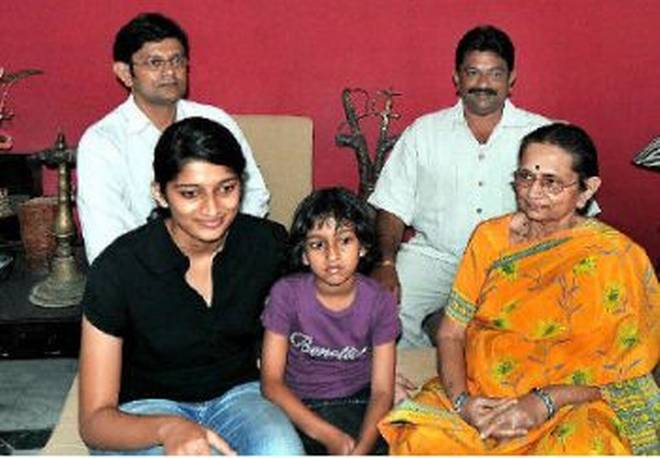
It’s interesting to note how the descendents of Coorg royal family came to settle down in Bodhan
In a sub-continent that has been in existence for ages, it is no surprise that there is every possibility of us crossing paths with the descendents of some king or sultan who had reigned over some part of the Indian soil. Within the confines of this city, or more so a fairly small place called Bodhan in this State (Nizamabad district to be precise), we’d come across the direct descendents of the Coorg royalty — the Haleri clan that had held sway over the exotic tract of land for nearly 234 years. That they found their way to Bodhan is mind-blowing, for Coorg is nowhere in the horizon of Andhra Pradesh! But as Lakshmi Devi Sardesai and her son Ajay Rajendra Wadiyar point out, there is a third dimension to the riddle —the Benaras factor.
The jigsaw nature of Coorg history started unfolding no sooner than Lakshmi Devi began her crisp narration introducing herself as the great granddaughter of the last king of Coorg Chikka Veera Rajendra. The beautiful lady is grace personified, albeit a little frail. Says she, “to cut a long story short, the last rajah was arrested by the British (East India Company) and put in house arrest at a place of his choice and this happened to be Benaras.” The East India Company provided him with a privy purse which allowed him, his four sons and daughter Gowramma to live in comfort if not luxury. One of the sons was Lakshmi devi’s grandfather on the paternal side. Chikka Veera Rajendra along with his daughter went to Britain to plead for his case to no avail. His daughter was baptized there after the Queen of England who took a liking to the beautiful Gowramma but the Rajah refused to convert, it was reported. Heart-broken, he left his daughter along with the royal jewels in the care of a British royal couple and died quite suddenly in London. The mortal remains of his body buried in that country was later sent to Benaras to be immersed in the Ganga as per Hindu custom.
Now, where is the Bodhan link? Smiling, Lakshmi Devi shares the information for the Veera Shaiva sect, there was a mutt (Jangamvadi) in Kasi (Benaras) headed by a Panchacharya (seer). Congregation of all lingayat priests (Jangam) from across the length and breadth of the country at this mutt at least annually was not uncommon then and even now. It so happened that one Jangam from Bodhan Samsthan met Chikka Rajendra’s son at Benaras during one of his visits to the place. An alliance for the two daughters of the king was proposed to the Deshmukh of Bodhan. Both were without heirs and it was then that one of the sisters decided to call her brother’s son (nephew) to Bodhan to take care of the family and property. That’s how Linga Rajendra (third son of Veera Rajendra) came to settle down at Bodhan. The other three sons of the rajah were Veera Rajendra, Mudhu Rajendra and Chandrashekara Rajendra. Since Linga Rajendra at a young age his and my widowed grandmother called for her youngest brother-in-law to take care of the Samsthan at Bodhan.
It’s interesting to know that Lakshmi Devi’s second son was adopted by her father to take on the family name as there was no male progeny. The silverware, brassware embossed with the royal seal and gazette notifications are the only precious preserves now with the family while the original Madikeri (Markara) palace at Coorg has been housing the Collectorate now.
The erudite Lakhmi Devi, is personification of the three ‘Bs’ (beauty, brains and breed) not to talk of the Coorg secularism.
source: http://www.thehindu.com / The Hindu / Home> Features> MetroPlus / by Ranee Kumar / November 01st, 2008

